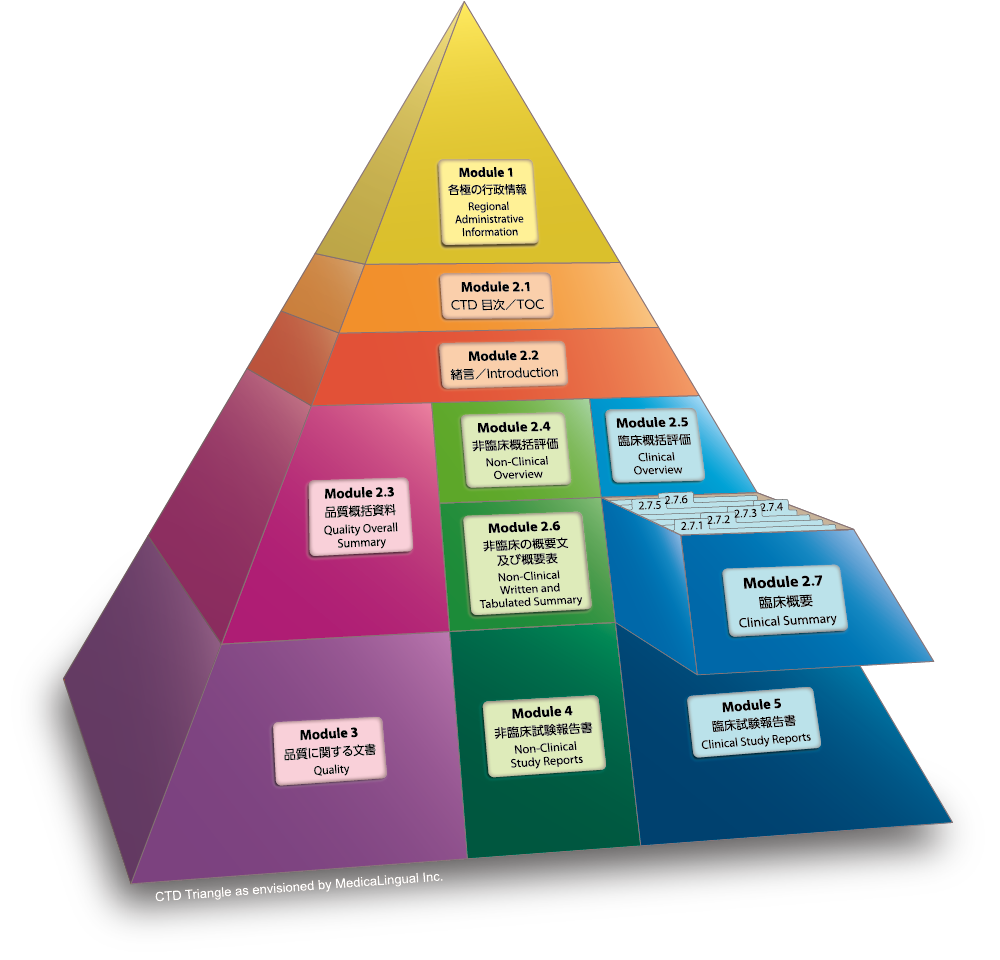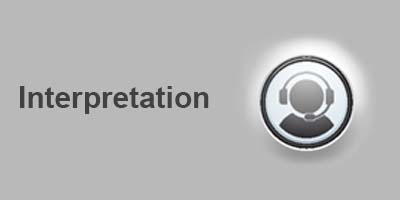
薬生薬審発0202第1号(平成29年2月2日)
ICH HARMONISED GUIDELINE- M4E(R2) – Dated 15 June 2016
Module 2.7 臨床概要
2.7.4 臨床的安全性の概要
2.7.4.4 バイタルサイン、身体的所見及び安全性に関連する他の観察項目
全ての試験を通してバイタルサイン(例:心拍数、血圧、体温、呼吸数)、体重及び安全性に関連するその他のデータ(例:心電図、X線)を比較する方法は、基本的に前記の臨床検査値と同じ方法にて行うこと。被験薬が影響を及ぼしている証拠がある場合、用量-反応性もしくは薬物濃度-反応関係、又は患者の特性(例:疾患、人口統計学的特性、併用療法)との関係を明らかにし、この所見の臨床上の意義について記述すること。
Module 2.7 CLINICAL SUMMARY
2.7.4 Summary of Clinical Safety
2.7.4.4 Vital Signs, Physical Findings, and Other Observations Related to Safety
The manner of presenting cross-study observations and comparisons of vital signs (e.g., heart rate, blood pressure, temperature, respiratory rate), weight and other data (e.g., electrocardiograms, X-rays) related to safety should be similar to that for laboratory variables. If there is evidence of a drug effect, any dose-response or drug concentration-response relationship or relationship to individual variables (e.g., disease, demographics, concomitant therapy) should be identified and the clinical relevance of the observation described.
有効性の項目として評価されない変化及び有害事象とみなされる変化に特別の注意を払うこと。QT間隔延長に関する試験等、特別な安全性上の問題を評価するために計画された試験には、特別の注意を払うこと。
Particular attention should be given to changes not evaluated as efficacy variables and to those considered to be adverse events. Particular attention should be given to studies that were designed to evaluate specific safety issues, e.g., studies of QT interval prolongation.










